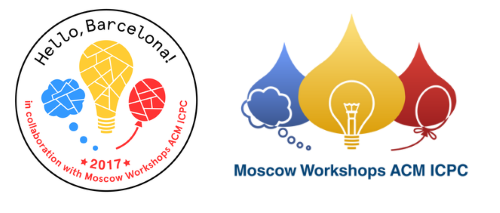Hi.
Thanks to kostka, this weekend you can participate virtually in an old edition of Polish olympiad: POI XVIII, stage 2. There are two days of a contest, Saturday and Sunday, 9-14 CET (check your timezone here). An hour after the contest ends on Sunday (so, 15 CET), I will talk about problems from both days in a stream. You can watch me on Youtube and Twitch.
Create an account in Szkopul first, link. The statements will be both in Polish and English, or the link to the English version will be provided as an announcement.
If you can't participate, I still recommend you to read the problems and try to solve them yourself before my stream.









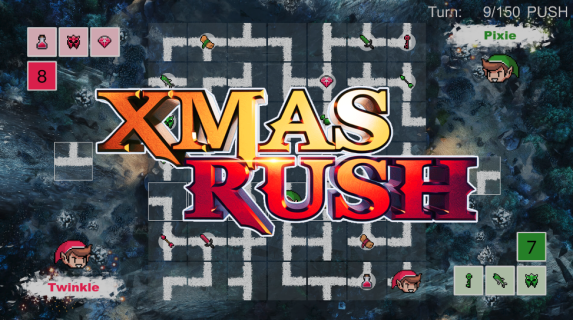



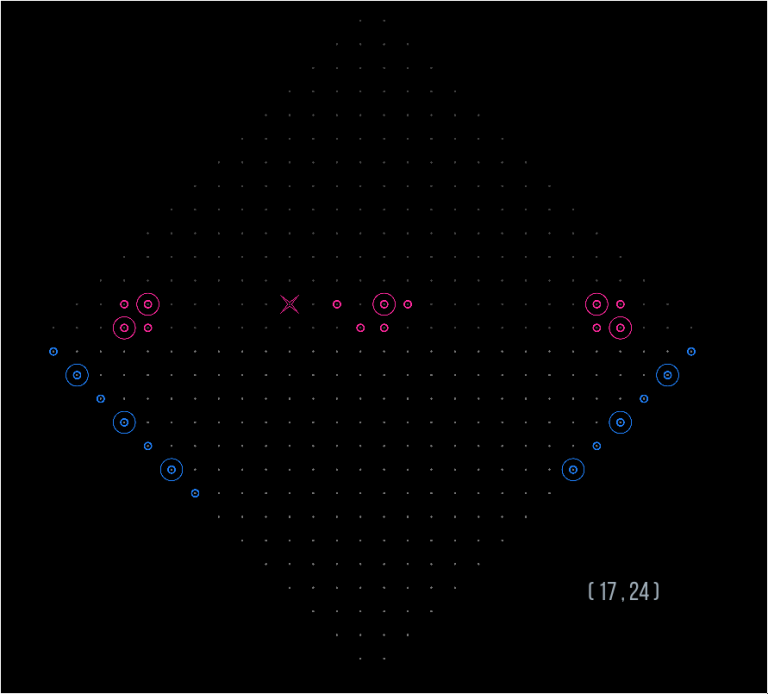
 . What should be stored in such a tree?
. What should be stored in such a tree?

 code in C++, with binary search:
code in C++, with binary search:  from the starting cell. That sum can't exceed
from the starting cell. That sum can't exceed  what is enough to get AC. It isn't hard to get rid of the logarithm factor what you can see in the last code below.
what is enough to get AC. It isn't hard to get rid of the logarithm factor what you can see in the last code below.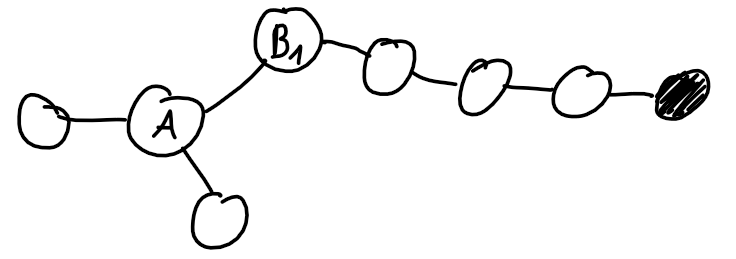
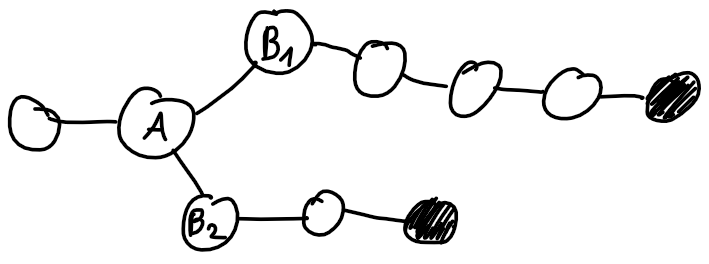
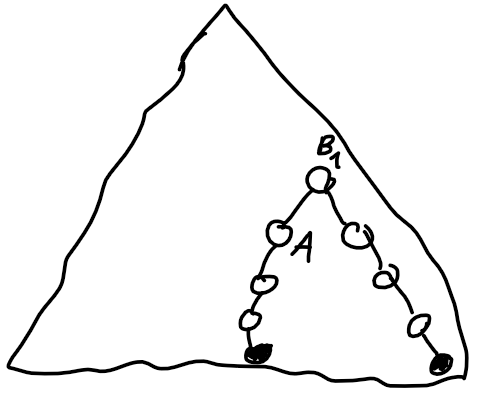
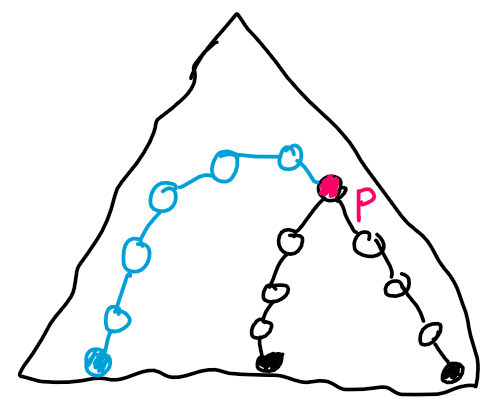
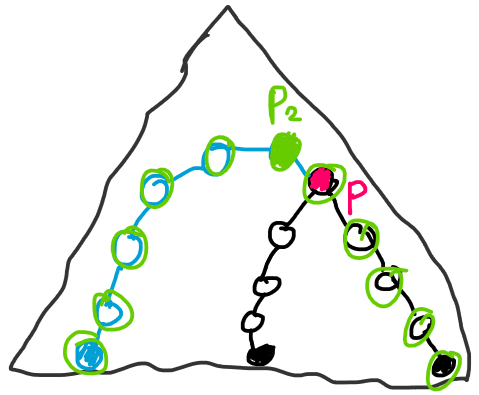

 . The limit from the statement is
. The limit from the statement is 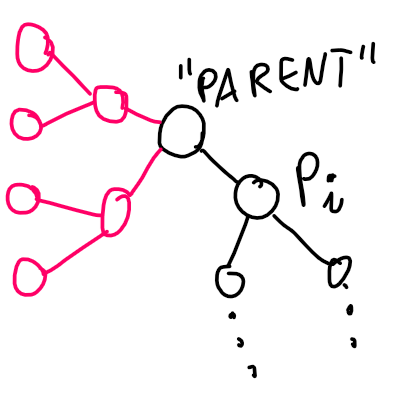
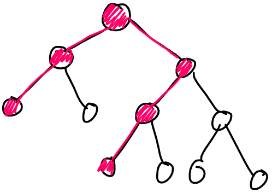

 or better.
or better.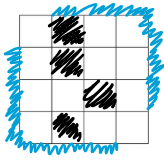
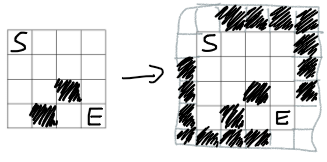
 where
where 